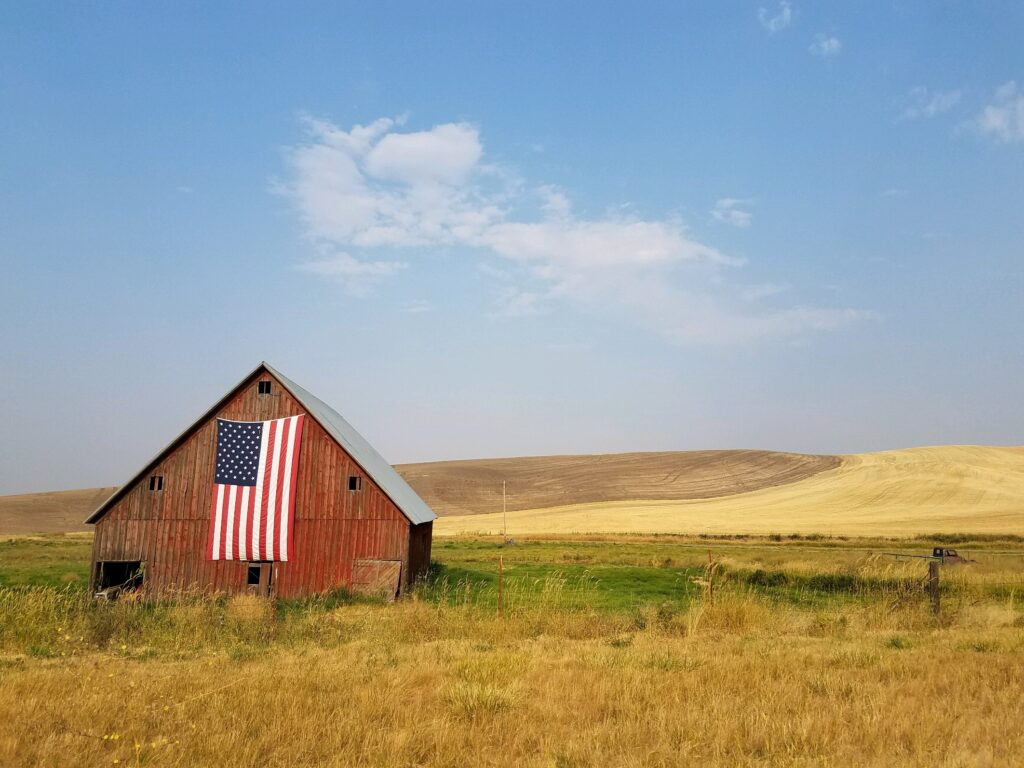Abstract
Purpose
Estimate health-quality-adjusted life expectancy (QALE) for Americans nearing retirement age and assess rural–urban disparities in QALE.
Methods
We used a dynamic microsimulation model based on Health and Retirement Study data to estimate the quantity and health quality of expected future life years for rural and urban Americans ages 59–60 in 2014–2020.
Findings
Cohort life expectancy at age 60 (LE) for urban and rural men was 22.9 and 20.9, respectively; for urban and rural women, LE was 25.6 and 25.0, respectively. Adjusting future life years to quality-adjusted life years, QALE was 17.5 versus 15.7 for urban versus rural men, and 19.3 versus 18.7 for women. Compared to a cohort in 1994–2000, the urban–rural QALE gap in 2014–2020 grew substantially for men; changes for women were smaller. Average QALE masked heterogeneity by race/ethnicity, education, and Census region. Counterfactual scenarios suggested eliminating smoking and managing obesity and prevalent heart conditions would be particularly beneficial for increasing rural QALE and reducing the urban–rural gap.
Conclusions
Expected health quality, in addition to longevity, is an important factor when assessing rural disparities in older Americans’ future life outcomes. Current chronic disease disparities are expected to translate to a widening urban–rural gap in QALE, particularly for men. Interventions earlier in life may be needed to fully address disparities in QALE at older ages.
Chapel, J. M., Currid-Halkett, E., & Tysinger, B. (n.d.). The urban–rural gap in older Americans’ healthy life expectancy. The Journal of Rural Health. https://doi.org/10.1111/jrh.12875
The full study can be viewed at the Journal of Rural Health.
Sign up for Schaeffer Center news
